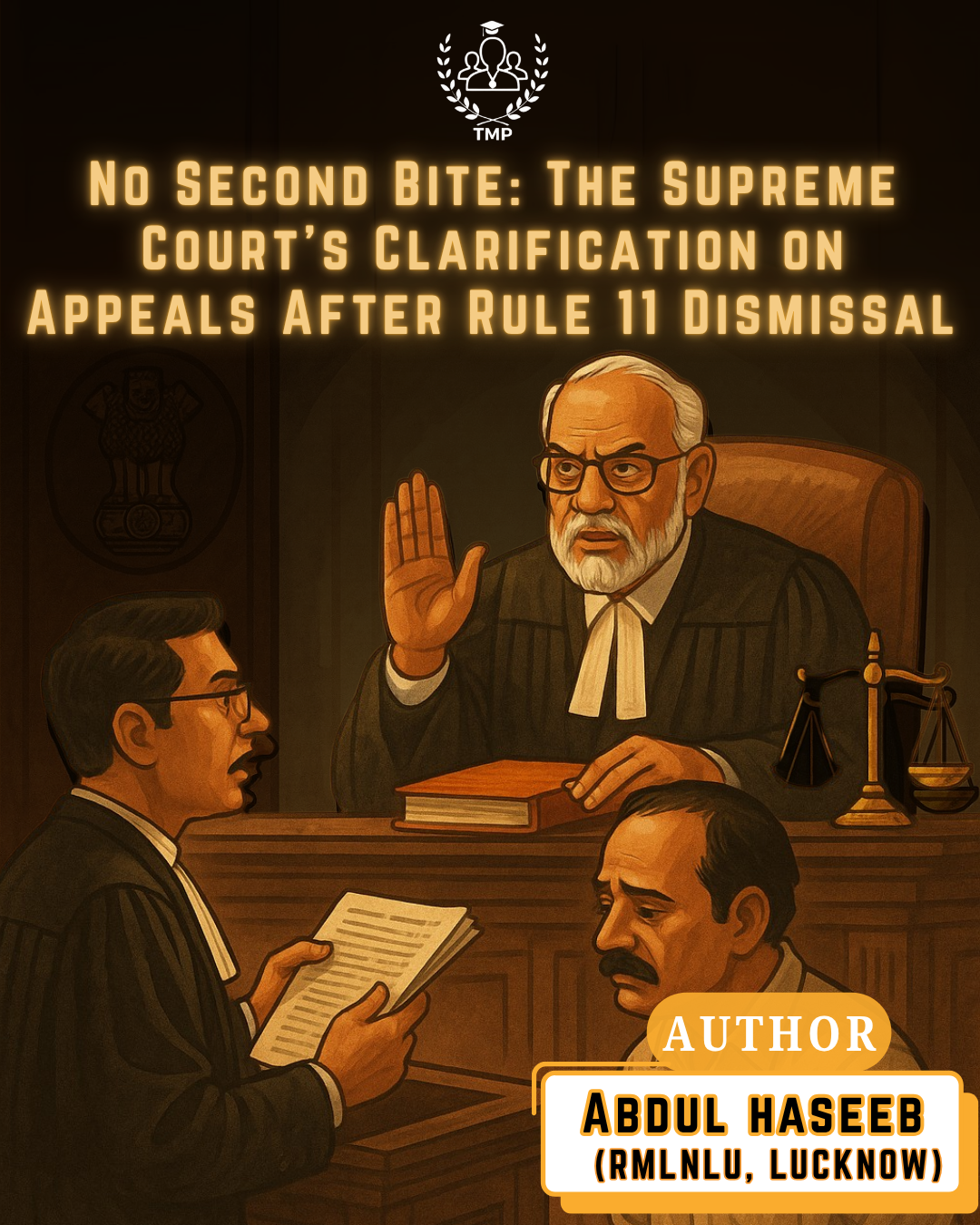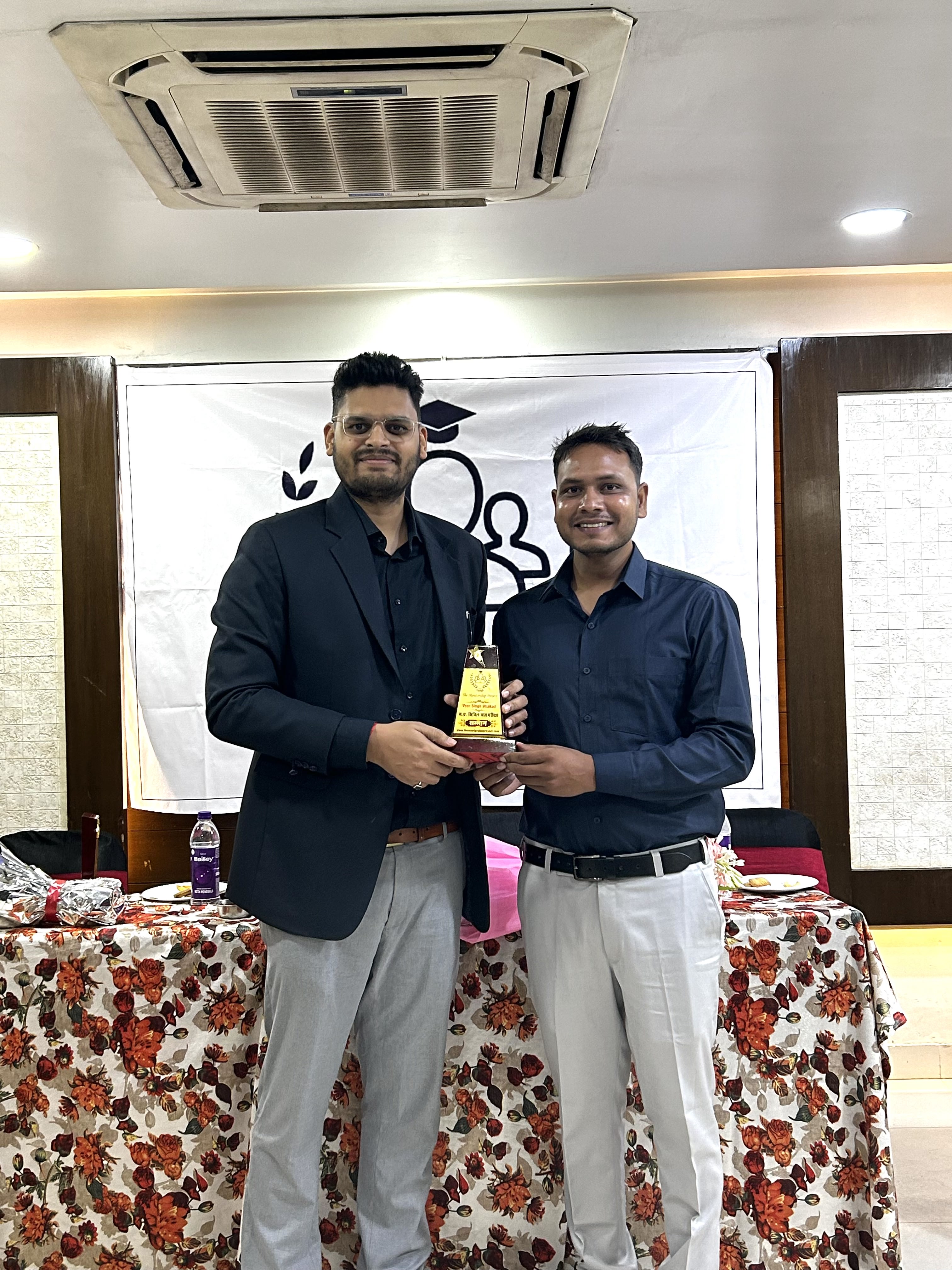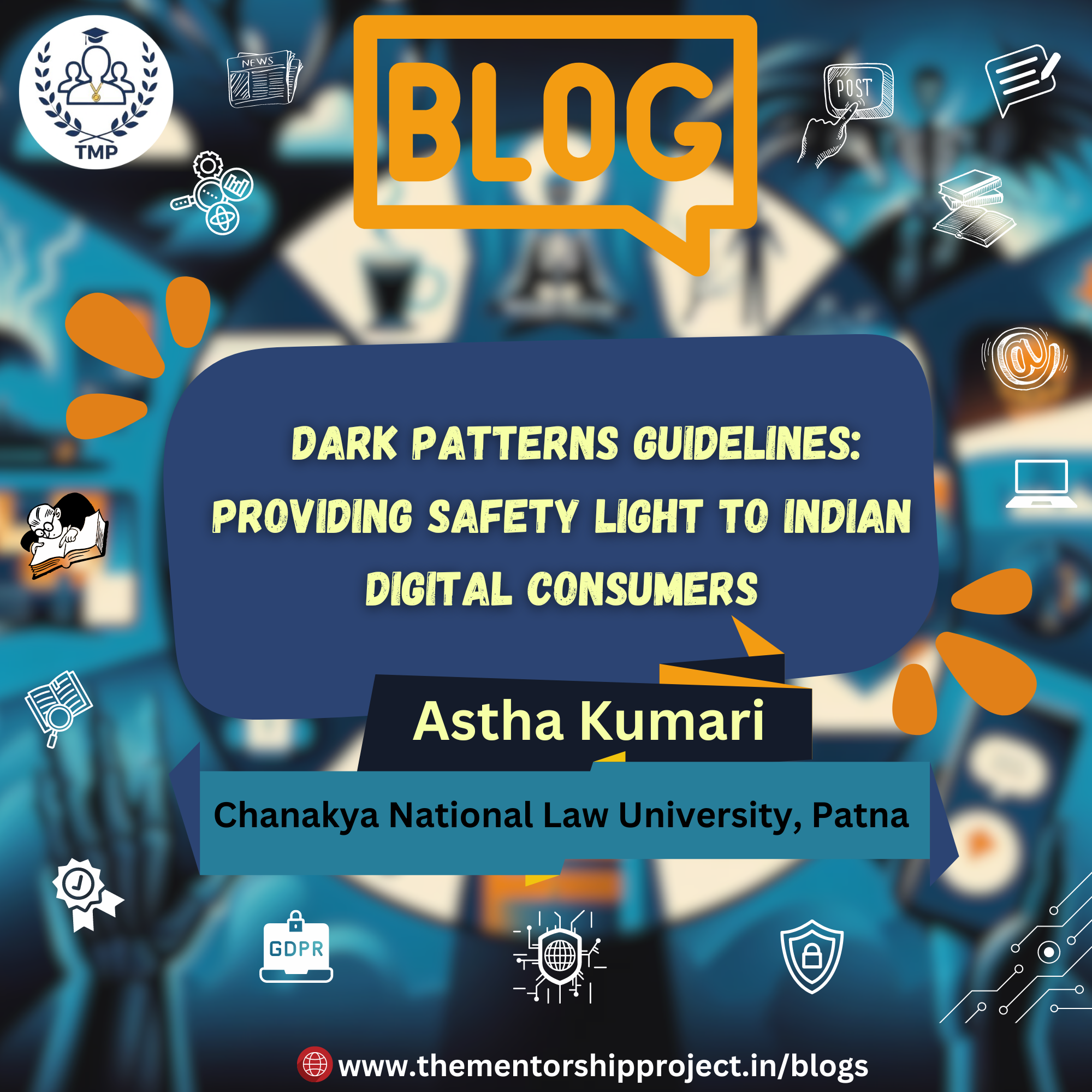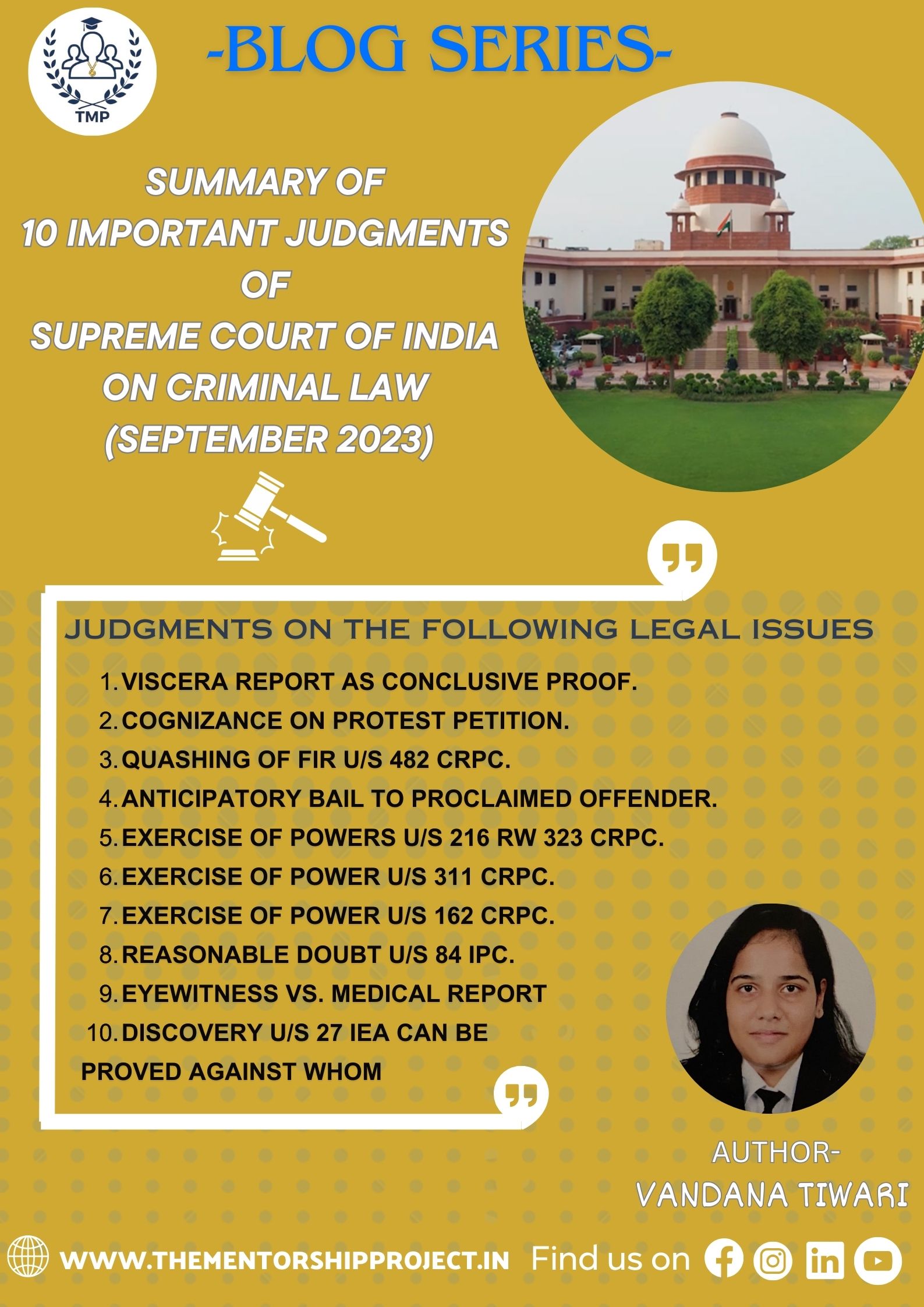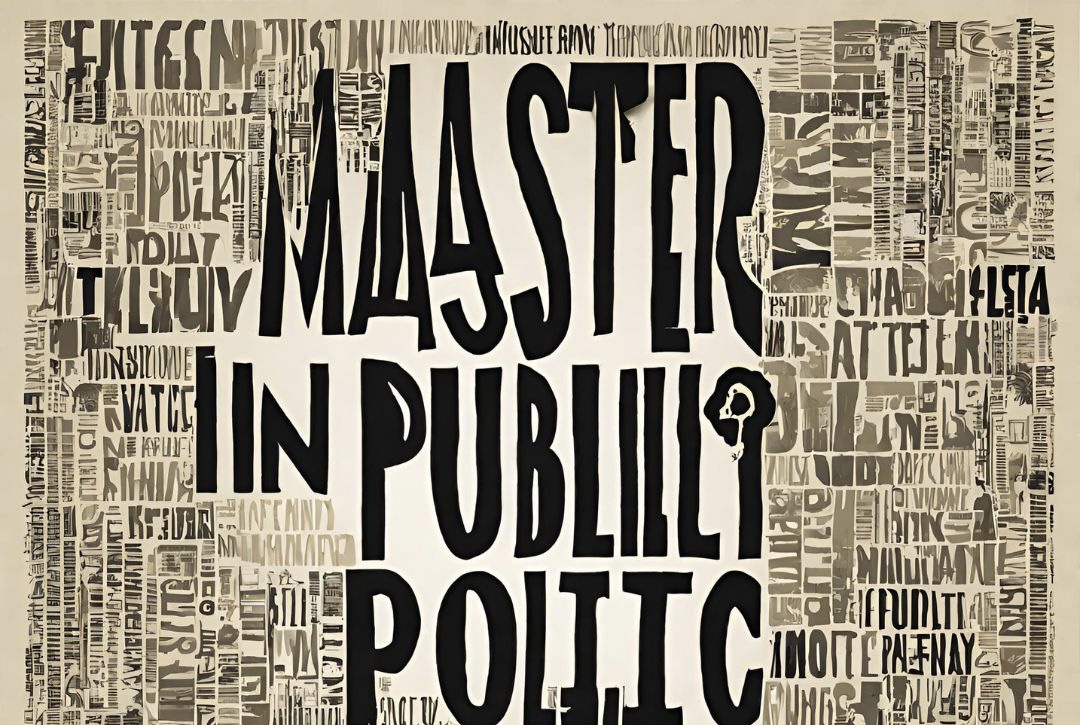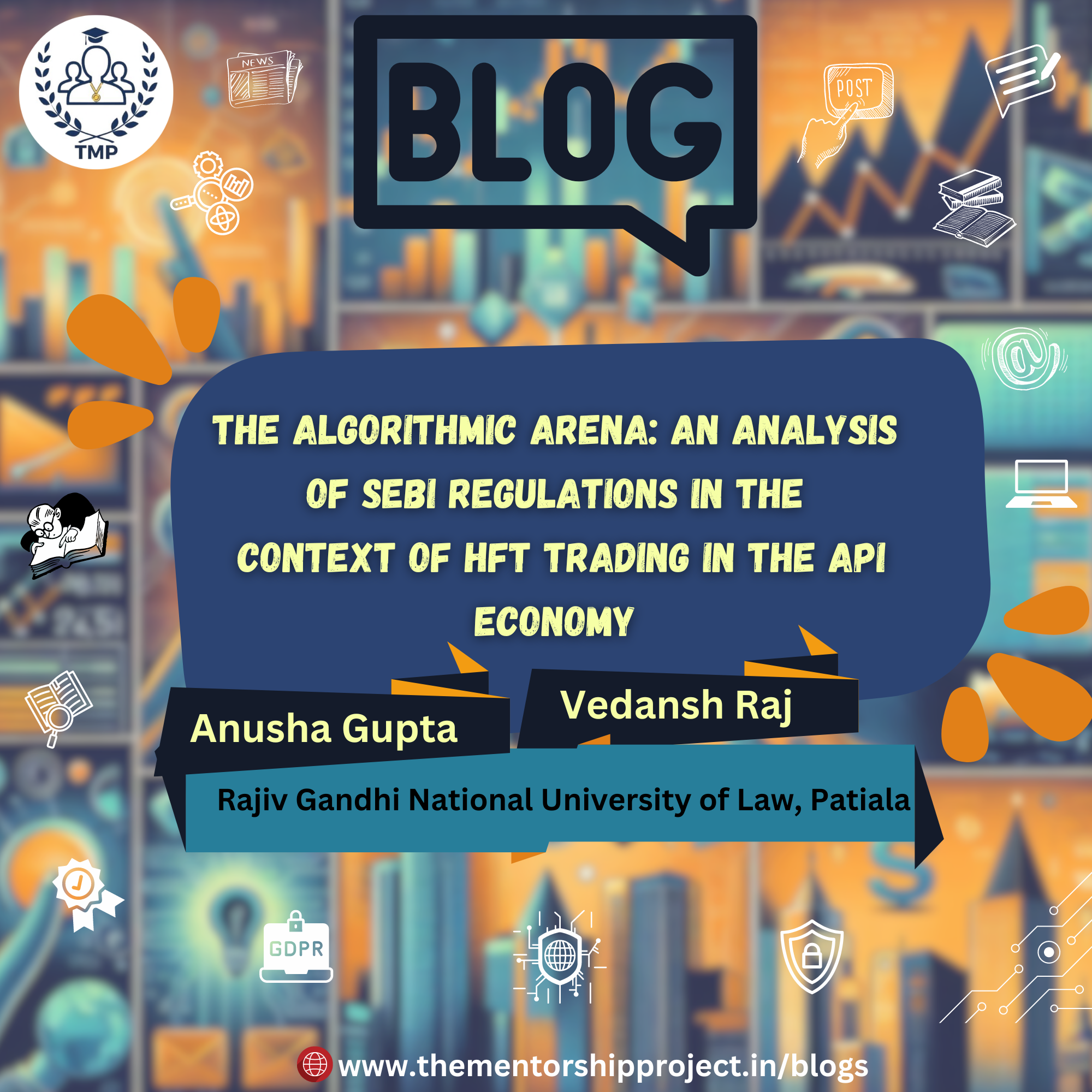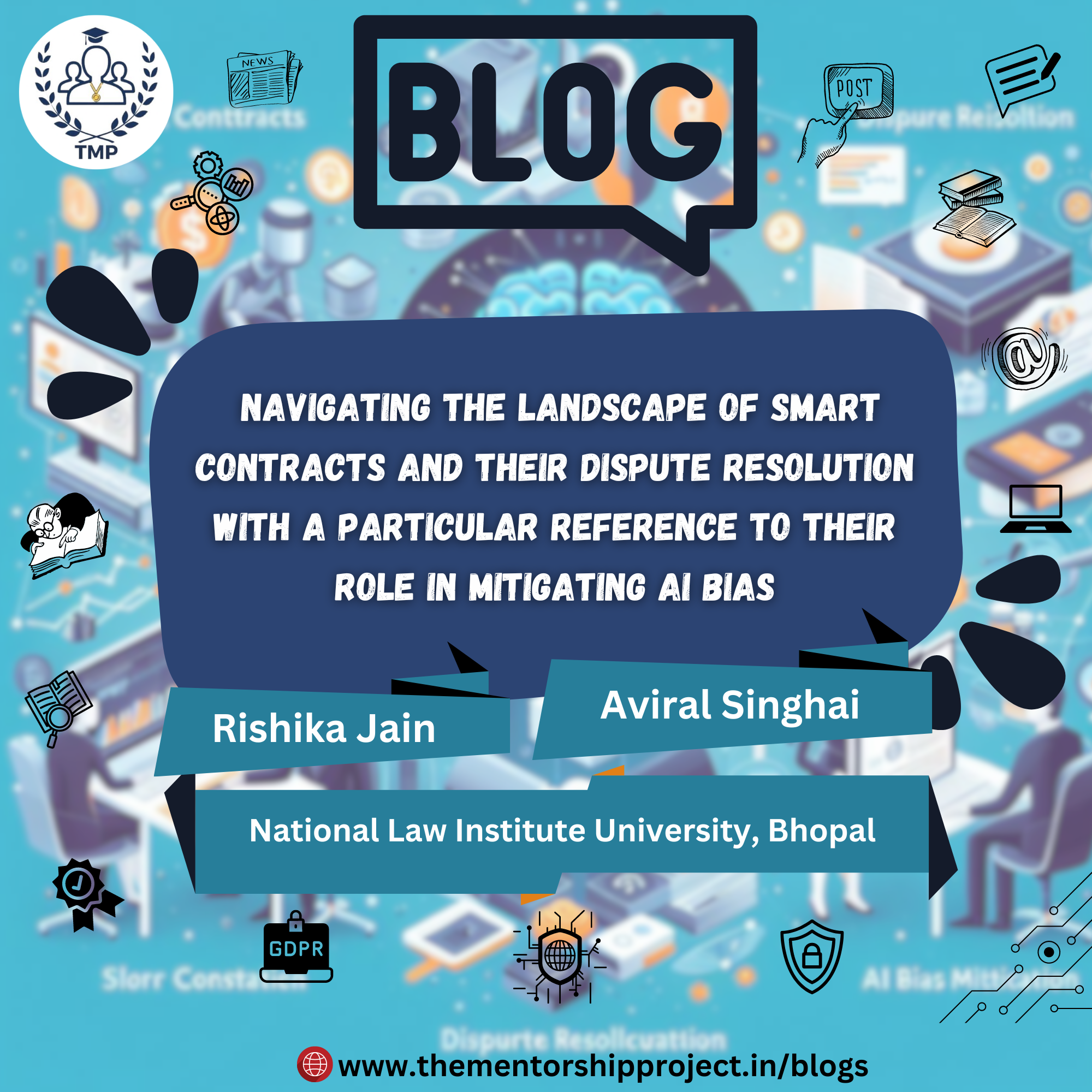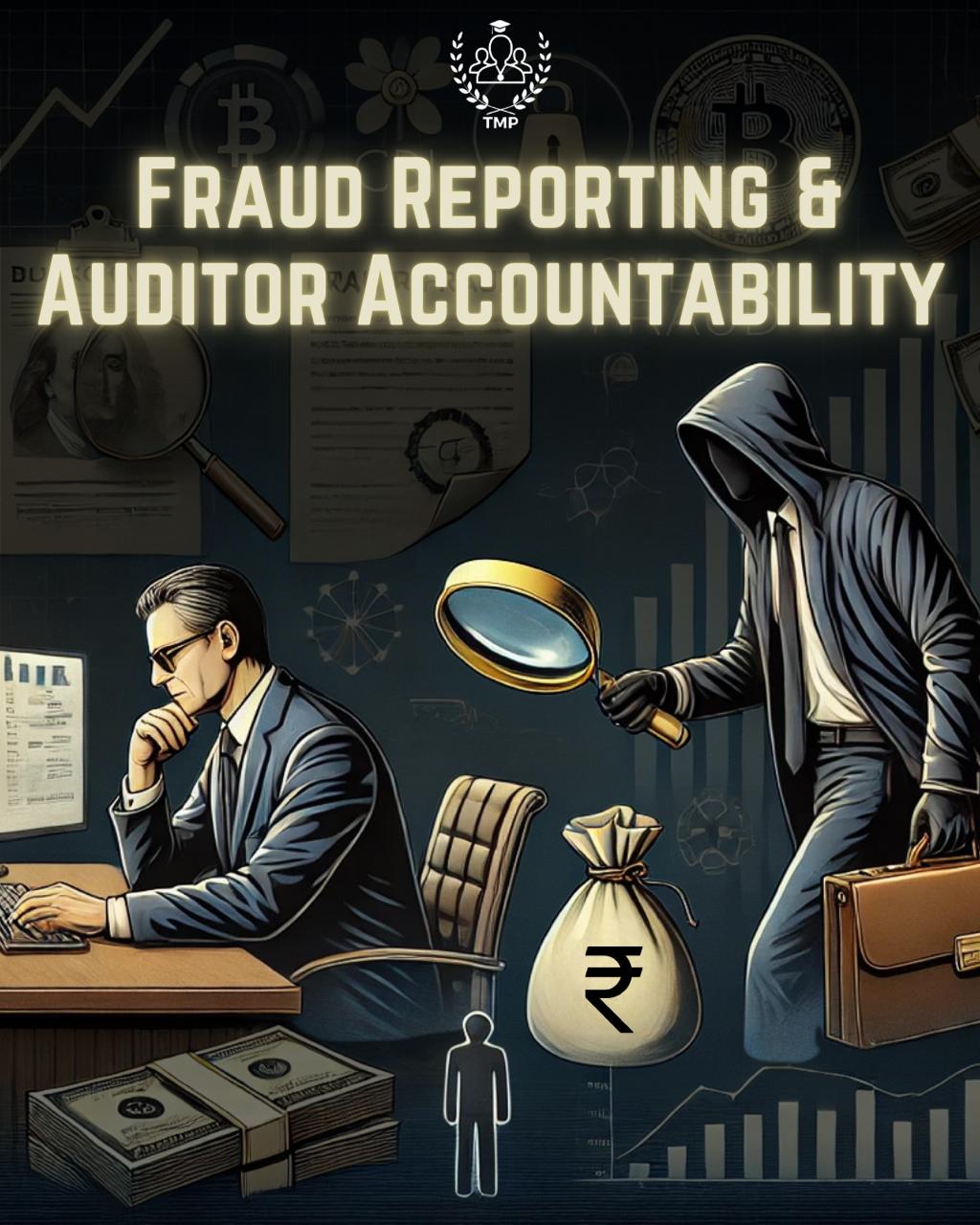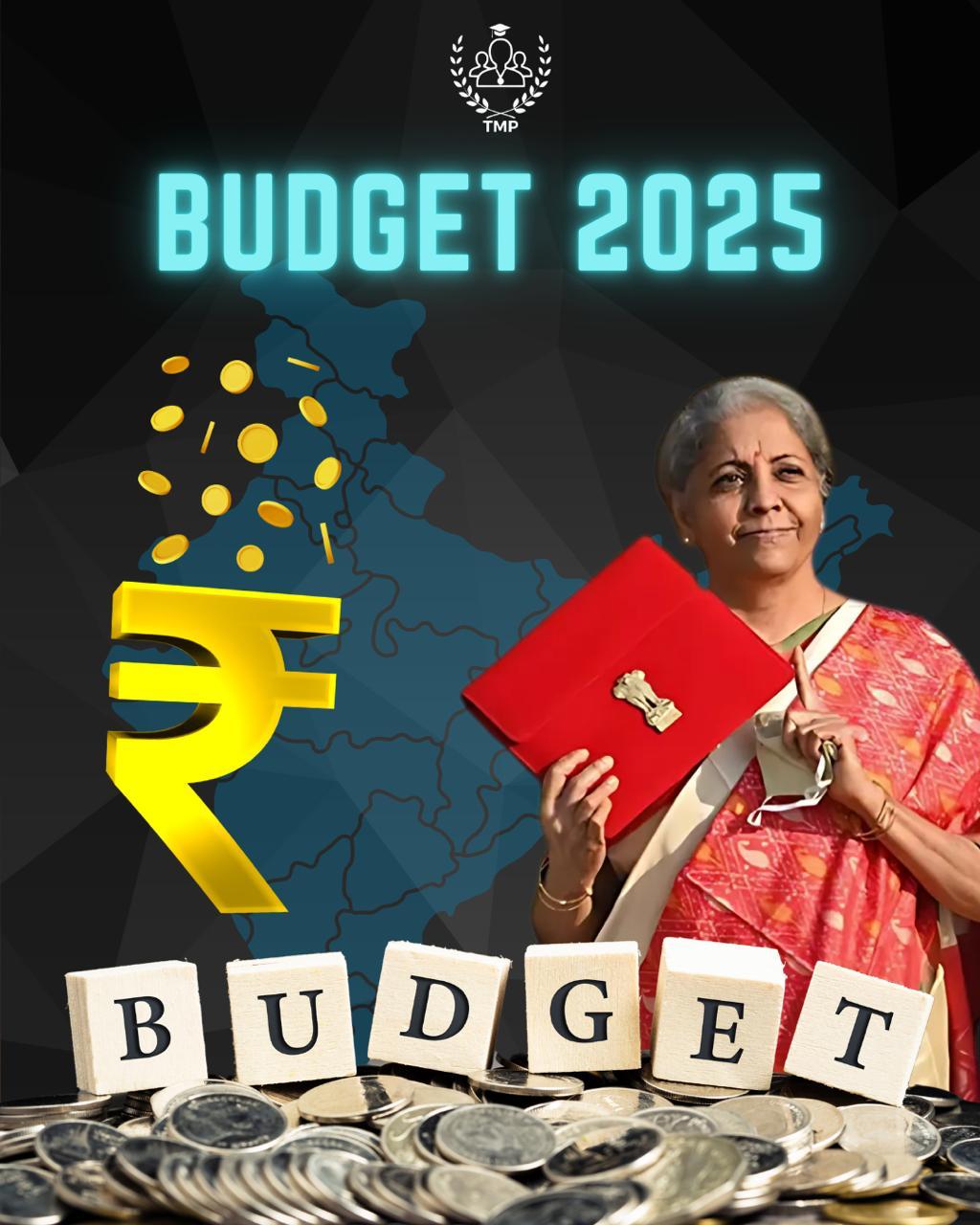July 17 , 2025
No Second Bite: The Supreme Court’s Clarification on Appeals After Rule 11 Dismissal
Introduction
The Supreme Court’s recent ruling in Shrikanth NS v. Munivenkatappa reinforces a strict, text?based approach to appeals following dismissal of a plaint under Order VII Rule 11 CPC. In that case, the trial court rejected the plaint for non?disclosure of cause of action (O.7 R.11), and the plaintiff–respondent sought new evidence and grounds on appeal. The three?Judge Bench, however, held that once a suit is dismissed under O.7 R.11, the Appellate Court will see to the contents of the plaint and nothing beyond. Production of documents under O.11 R.14 CPC was disallowed because that provision applies only during the pendency of any suit, and no evidence had been led before dismissal. The Court thus set aside orders permitting additional evidence (the 1939 Mutation Register) in appeal, while affirming that new legal grounds could be urged.
This analysis will critically examine Shrikanth’s reasoning and consequences. It situates the judgment in broader jurisprudence on Order VII Rule 11 dismissals and appellate review. The judgement will be anlaysed in the light of T. Arivandandam v. T.V. Satyapal, Popat & Kotecha Property v. SBI Staff Association to assess whether Shrikanth appropriately balances finality and justice. This piece explore its implications for procedural fairness and access to justice, its interplay with Order XI Rule 14 CPC, and how it compares with other doctrines permitting new evidence (e.g. O. XLI R.27) or alternative remedies (inherent powers, review).
Background: Order VII Rule 11 and Appeals
Order VII Rule 11 CPC empowers a court to reject a plaint at any stage if it “does not disclose a cause of action” or is “vexatious.” The jurisdiction is mandatory (“shall reject”) once an infirmity is apparent. This rule serves as a filter against meritless or poorly pled suits, ensuring litigative efficiency and preventing abuse of process. As the Supreme Court has long cautioned, frivolous or “bogus” litigation must be curbed – “the pathology of litigative addiction ruins the poor of this country” – and courts have a duty to prevent “audacious” or sham suits from proceeding.
At the same time, dismissal under O.7 R.11 is an “extreme remedy” meant to be used sparingly. The plaintiff is not immediately foreclosed: Order 7 Rule 13 CPC explicitly allows filing a fresh plaint if the first was rejected. Nevertheless, such dismissal is appealable as a final order or decree (O.7 R.11(6)), meaning the losing plaintiff can challenge the rejection. It has been settled that an appeal from a dismissal under O.7 R.11 is technically an appeal “from an original decree” but often regarded as an appeal from an order imposing final dismissal. In Shrikanth, the plaintiff’s suit was dismissed under O.7 R.11 at trial, and on appeal the plaintiff sought to introduce a long?withheld document a 1939 Mutation Register under O.11 R.14 and to add new legal grounds.
Scope of Appeal After O.7 R.11 Dismissal: “Contents of the Plaint and Nothing Beyond”
The heart of Shrikanth is its delimitation of appellate scope. The Court emphasized that after a Rule 11 dismissal, the appeal is confined to testing legality of the dismissal by reference to the pleadings alone. In the majority’s words, “the First Appellate Court will only examine the validity of the Trial Court’s order rejecting the plaint” and will consider “the contents of the plaint and nothing beyond”. In other words, the plaintiff cannot use the appeal as an opportunity to supply fresh evidence or revisit facts not contained in the plaint.
This rule finds support in longstanding principles. Under Order VI Rule 2, pleadings must contain “material facts and not the evidence,” and a plaint must set out all facts necessary to establish the cause of action. The Supreme Court has held that omission of any material fact in the plaint makes the cause of action “incomplete” and the plaint “bad”. Thus, on a Rule 11 challenge, the court must inspect the plaint as a whole; if the plaint discloses every essential element of the cause of action, it should proceed to trial, and if not, it must be dismissed. No question of fact beyond the pleadings should be decided at this stage. Shrikanth reiterates this approach: for an appeal against an O.7 R.11 order, only the pleadings are relevant.
The Court noted that the trial dismissal under O.7 R.11 meant “the stage for leading the evidence is yet to arrive in the suit”. Since Order XI Rule 14 explicitly empowers the court “at any time during the pendency of any suit” to order production of documents, a strict reading shows O.11 R.14 applies only while the suit remains pending. Once the plaint is rejected and the suit is no longer before the court, there is no “pendency” to justify invoking O.11 R.14. Thus the appellate court had no power to call for the Mutation Register or other new evidence in the regular appeal. As Shrikanth bluntly put it, the trial court and first appellate court “were unnecessarily influenced” by an observation from a criminal SLP decision, which cannot override the limited scope of civil appellate review. The Court held the order allowing production of the document was “totally misconceived” and a jurisdictional error.
The principle that “no amount of evidence” may be introduced on a Rule 11 challenge, even on appeal, was underscored by reference to recent authority. In Eldeco Housing & Ind. Ltd. v. Ashok Vidyarthi, the Supreme Court reiterated that a Rule 11 dismissal is decided solely on the averments in the plaint: “no amount of evidence can be looked into” at that stage. Shrikanth extends this maxim to the appellate context: just as the trial court could not examine evidence on a Rule 11 petition, the appellate court cannot permit additional evidence after dismissal. The effect is that a plaintiff who loses under R.11 cannot bolster the appeal with new facts or documents; the “entire record” before the appellate court is the rejected plaint itself.
Additional Grounds of Appeal
While Shrikanth draws a hard line on new evidence, it was more lenient on new legal arguments. The Court affirmed that the appellate court could allow the plaintiff to raise additional grounds in the regular appeal. Such additional grounds are arguments or points of law based on the pleaded facts. The rationale is that allowing new legal points does not expand the factual record; it merely permits the appellant to develop their case fully on the existing pleadings. The bench noted no illegality in allowing fresh grounds to be argued and accordingly “affirmed” that order.
This distinction is significant. It means that while no new facts or evidence may be added, the plaintiff is not entirely locked into the precise legal framing of the cause of action at trial. Courts often permit amendments to grounds of appeal under Order XLI Rule 1 CPC if the opponent can meet them, and Shrikanth follows that practice. In essence, as long as the new ground depends on the pleadings as filed, it does not offend the “contents of the plaint and nothing beyond” rule. In sum, Shrikanth freezes the evidentiary record but allows flexibility in arguing the law on that record.
Rationale and Impact: Fairness vs. Finality
The Supreme Court’s reasoning in Shrikanth is grounded in textual fidelity to the CPC and traditional prudence against reopening factual proofs. By tying the appellate court’s hands to the pleadings, the Court aims to prevent the “second bite” at the apple that could undermine the purpose of Rule 11. Once the trial judge has found no cause of action on the face of the plaint, it is, in effect, equivalent to a final decision, i.e. a decree of dismissal. The appeals bench underscored that the “lower court” did not conduct any factual trial, and thus allowing evidence now would be unfair to defendants and contrary to procedure. In Shrikanth’s view, permitting a document like the 1939 Mutation Register on appeal “will not cause any hardship” on its own, but allowing it would burden the defense with old facts when the suit may be meritless. Simply put, once a suit is dismissed summarily, it is “over,” and an appeal is a narrow legal check, not a de novo hearing.
This approach vindicates procedural finality and discourages abuse. It aligns with the Supreme Court’s insistence that Order VII Rule 11 should end hopeless litigation and not turn into a fishing expedition. As one commentator notes, Shrikanth “re-affirms the principle that, in a rejection-of-plaint case, an appeal is narrowly confined to the issue of law or averments in the plaint alone”. The decision “clarifies and unifies” the practice: litigants must present all relevant facts in their pleadings, as they “cannot win ‘second bites’ of the litigation apple” by introducing new evidence after dismissal.
However, critics observe that Shrikanth’s strictness may risk procedural fairness to plaintiffs. If a suit is prematurely dismissed due to an omitted fact or document, a rigid bar on new evidence might “slamm the courthouse door” on bona fide claims. The case at hand involved a decades-old land record, arguably available earlier, but the rule applies even if the evidence came to light only later. In borderline cases, a “slightly flawed plaint” filed in good faith could be killed in limine despite compelling proof becoming available. Even proponents admit that Shrikanth “does not create a total bar on fairness in appeal” – plaintiffs may still articulate new legal theories – but the inability to adduce facts remains a sharp constraint.
This tension—between efficient justice and substantive justice—is palpable. On one hand, Shrikanth vindicates the policy behind O.7 R.11 by removing potential loopholes. On the other hand, it locks plaintiffs into their pleadings at the expense of what Section 151 CPC calls meeting the “ends of justice.” One might ask whether a merciful exception could exist: for instance, could a plaintiff use a review petition under Order XLVII or inherent powers to admit new evidence after a Rule 11 dismissal? Shrikanth suggests not: it “leaves little room” for such workarounds. Section 151 grants courts inherent power to prevent miscarriage of justice, but using it to override explicit procedural bars is rare and hazardous. The Court’s unwillingness to entertain Section 151 alternatives effectively nails down finality. In sum, Shrikanth leans heavily toward judicial economy and rule?of?law clarity, potentially at the cost of individual cases where a rigid rule might work inequity.
Comparison with Other Doctrines
Order XLI Rule 27 – Additional Evidence in Appeals
Generally, an appellate court may allow additional evidence under Order XLI Rule 27 CPC if certain conditions are met e.g. a document could not be produced earlier by any reasonable means, and it is “necessary” to admit it. Courts routinely consider “sufficient cause” and the interest of justice under O.41 R.27. In a normal appeal against an original decree, the appellate court often functions as a de novo trier of fact and may re-examine evidence or admit new proof. This principle is enshrined in O. XLI R.27(a)-(c), which provide leave to adduce fresh evidence in appeal from original decree when warranted.
Shrikanth effectively carves out an exception to that general rule. By treating an appeal from a Rule 11 dismissal not as a true original decree appeal, but as a limited review of legality, the Court bars any new evidence even under O.41 R.27. The reasoning is that O.7 R.11 dismissal is conceptually akin to a preliminary threshold check, so the opportunity to lead evidence never arose; thus the usual O.41 R.27 criteria are inapplicable. As noted, O.41 R.27 “allows an appellate court to admit evidence if it believes a grave injustice will result,” but Shrikanth “rejects that possibility in India” when the dismissal occurred at pleadings stage.
In effect, Shrikanth’s rule overrides any open-ended discretion under O.41 R.27. The appeal “is equated to a purely legal check” on dismissal, narrower than many might expect. Thus even if evidence is newly discovered and decisive, the appellate court may not consider it. In light of this, litigants must treat an O.7 R.11 dismissal appeal as sui generis: unlike a standard decree appeal, O.41 R.27 does not rescue evidence here. This doctrinal shift may require amendment of practice: appellate courts will likely deny O.41 R.27 applications after a Rule 11 dismissal as “nonest” due to lack of suit pendency.
Section 151 and Other Remedies
Could a plaintiff invoke the inherent powers of the court under Section 151 CPC to admit evidence or otherwise set aside a Rule 11 dismissal? The SC in Shrikanth hints that such “workarounds” are foreclosed. Section 151 grants inherent power “to make such orders as may be necessary for the ends of justice.” However, inherent power cannot be used to contravene a statutory provision; it acts only to supplement gaps. Here, the bar on evidence is statutory (O.11 R.14’s scope) and tied to the nature of appeals. Using Section 151 to effectively nullify Order 7 Rule 11’s “extreme remedy” would be seen as inconsistent with legislative intent.
Similarly, a review petition under Order XLVII CPC is generally limited to errors apparent on the face of the record and cannot introduce new evidence not previously placed before the court. If a plaint was dismissed, review of that order is scarcely proper (no “judgment” in the technical sense existed to review), and even if attempted, it is bound by the same confines – one can argue errors of law, but not bring fresh facts. The plaintiff’s true remedy is spelled out in O.7 R.13: he may present a fresh plaint if the previous one was rightly dismissed. Thus the system contemplates that omissions be cured by re-pleading and re-filing, not by reopening the old case.
Shrikanth effectively enforces that scheme. Its strictness means a plaintiff must either survive the first Rule 11 screening or restart fresh. From a policy standpoint, this encourages diligence at the filing stage and prevents serial litigation on the same cause. But one might lament that it offers no second chance in the same suit. In close cases, it may seem harsh that a meritorious claim can only be prosecuted afresh – at the cost of delay and possibly limitation barriers. Nevertheless, Shrikanth underscores that once the trial court has dismissed the suit as flawed, the appellate forum will not assist the plaintiff by enlarging the record.
Appellate Discretion: Boundaries and Principles
Shrikanth reasserts that appellate courts must not lose sight of the distinct scope of appeals from technical dismissals. Unlike appeals from regular decrees – where the appellate court may rehear evidence – appeals against Rule 11 orders are to be treated as appeals from final dismissals subject only to the face of the plaint. The bench cited earlier jurisprudence in civil and even criminal SLP contexts to emphasize that an appellate court must not be “cavalier” about allowing matters that were omitted in the plaint. Importantly, Shrikanth balances this strict approach by explicitly safeguarding against misuse: it allows the plaintiff to raise additional grounds, so that minor drafting errors do not suffocate legitimate legal theories.
In this, the Court recognized an equitable nuance: while factual records are frozen, the parties’ right to fully litigate their case can still be accommodated at the level of argumentation. The bench implicitly acknowledged the “harsh” effect of disallowing evidence by preserving a measure of flexibility in grounds of appeal. This compromise may moderate criticism that Shrikanth is too mechanical. As one commentator observes, “the split outcome – strict on documents, liberal on grounds – may itself be a topic for debate,” but it at least permits the appellant to explore all facets of the pleaded case.
Justice Datta’s opinion, however, does not invite broad judicial discretion beyond the pleadings; it effectively channels appeals into a narrow, law?only review. Critics note that Shrikanth does not distinguish “between truly new evidence and evidence withheld for benign reasons”, nor does it leave a porthole via inherent or review powers. The Court’s frame is categorical: after dismissal, the appellate record is fixed. Thus an appellate court’s discretion is largely limited to deciding if the trial judge correctly applied O.7 R.11 based on the plaint. This boundary is now clearer than before and will likely be followed strictly in future appeals.
Procedural Fairness and Access to Justice
The Shrikanth ruling has significant ramifications for fairness and access to justice. On the one hand, it furthers certainty: litigants now know that the appeal from a Rule 11 dismissal is not a second chance to gather evidence. This clarity supports litigants who might otherwise unwisely rely on appellate fixes. It also vindicates defendants’ rights not to be “dragged” through a trial they thought over. On the other hand, there is a risk that deserving claims may fail for want of evidence that could not practically be obtained before filing. In fast-moving or uncharted disputes, plaintiffs might uncover crucial documents only after initiating the suit. If the suit is struck, the injured party must start anew, potentially losing time and risking limitation issues.
Shrikanth effectively places the onus on plaintiffs to “plan their suits very carefully” and ensure all evidence is attached to or summarized in the plaint. This may promote better drafting and diligence at pleading stage. Conversely, it may burden plaintiffs with an onerous duty. In marginalized contexts, the poor may find themselves prey to this formalism. The Arivandandam dictum is a double?edged sword: while frivolous litigators must be “throttled” to preserve public faith in the judiciary, even well-intentioned parties can become “litigative caricatures” if caught by Rule 11 in a strict sense.
The balance struck by the Court favors “judicial efficiency over latent fact-finding”. This is defensible if one views O.7 R.11 as a gatekeeping function, but it also raises concerns about substantive justice in marginal cases. There will be scenarios where an admittedly incomplete plaint – perhaps missing a single procedural detail – is doomed even if strong proof of the cause of action exists. The law does not easily accommodate “equity” in such reviews. The fact that Shrikanth upheld the allowance of new legal grounds suggests some recognition that pliability is needed. Still, the decision clearly signals that “introducing new evidence post-dismissal” is firmly barred, perhaps prompting appeals by rights groups or legislatures to adjust procedural rules if hardship becomes routine.
Conclusion
Shrikanth NS v. Munivenkatappa affirms and extends existing principles governing Order VII Rule 11 dismissals. The Supreme Court has drawn a bright line: once a plaint is dismissed for failing to disclose a cause of action, the appeal is confined to examining that dismissal in light of the pleadings alone. Order XI Rule 14’s text – “during the pendency of any suit” – was dispositive in holding that no new evidence or documents may be admitted after dismissal. While the Court spared plaintiffs by allowing new legal grounds on appeal, it refused to permit any factual supplementation of the plaint on appeal.
This ruling reinforces the maxim that plaintiffs must “state material facts and not the evidence” in their plaint, for an appeal can only be won on those facts as pleaded. It vindicates a strict view of procedural finality and discourages abuse of process, echoing venerable dicta against frivolous suits. Yet it also heightens pressure on fair access to justice, by foreclosing remedial avenues once the first threshold is crossed. In practice, Shrikanth will push litigants to perfect their pleadings at the outset, but it may also send meritorious claims back to square one if something was omitted.
In sum, the judgment illuminates the boundaries of appellate discretion: a “no second bite” rule on evidence after a Rule 11 dismissal. Whether this strictness ultimately strikes the right balance between efficiency and justice remains to be seen. For now, the law in India is clear: after O.7 R.11 dismissal, “the suit has already been dismissed, and no evidence has been taken or can be taken,” so the appellate court’s quest is only to see if the plaint itself justified dismissal. Future litigants and courts will have to navigate the sharp edges of this rule.

